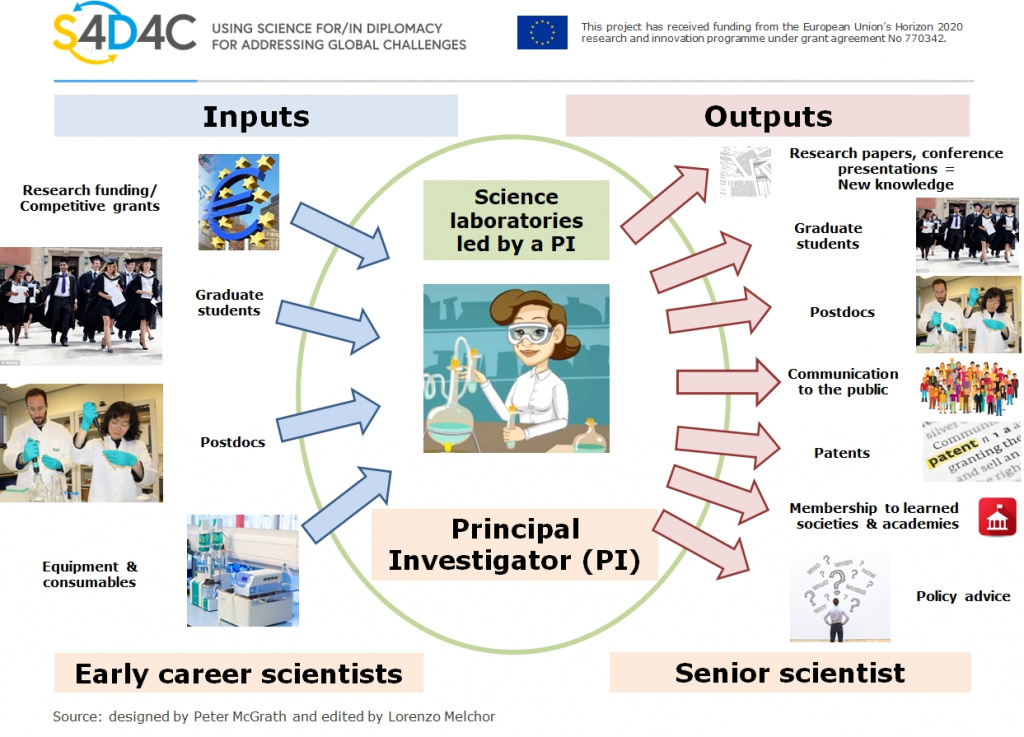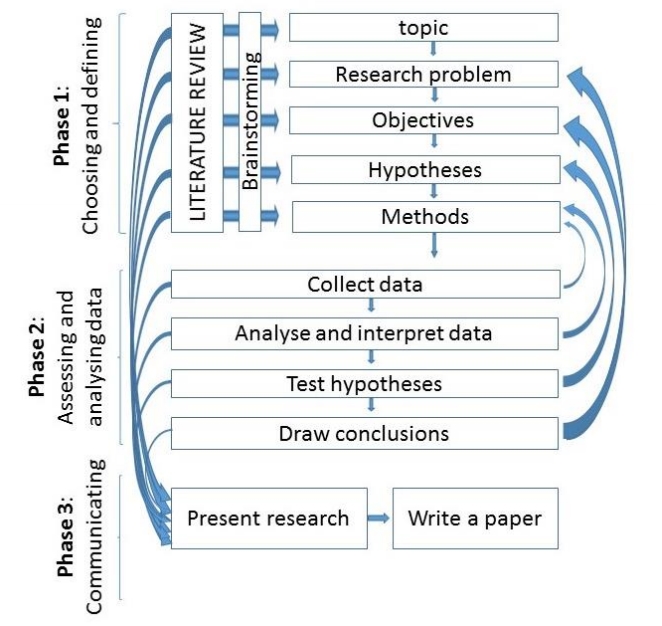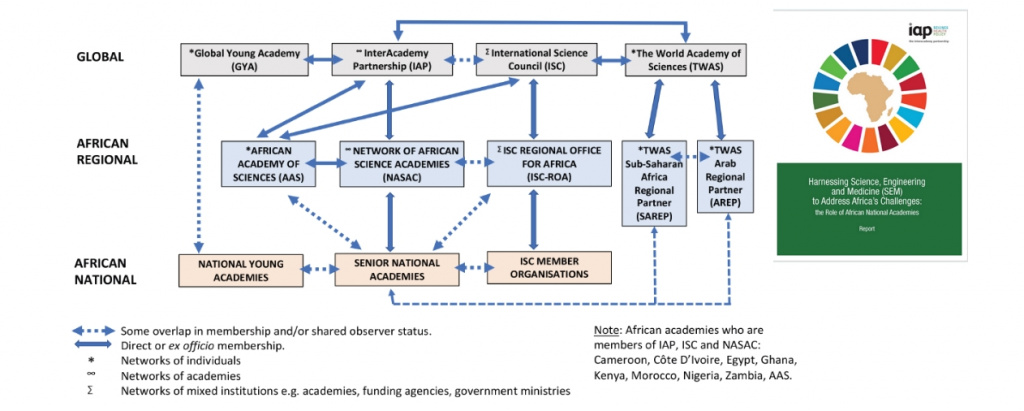2.2.1 How Does Science Work? An Overview
All sectors of society (commerce and industry, government and diplomacy, NGOs, etc.) have their own specific ways of working. Science is no different – having evolved a series of practices over the past 200 years that are more or less standard around the world.
The “source material” for this “science ecosystem” can be considered as the universities who provide a cadre of trained individuals (with PhD degrees) capable of taking up positions in science. Such positions may be within the universities themselves, with research centres (many of which are national, but others may be either international or private), or perhaps in the private sector (e.g. the pharma or energy industries).
In many countries, including much of Europe, early career scientists typically move after obtaining their PhD degrees from one postdoctoral position to another (the “postdoc treadmill”) gaining valuable experience and building their reputations until they are offered a post as a principle investigator (PI).
PIs have the added responsibility of sourcing additional funds from competitive sources – for example national research councils (e.g. DFG in Germany, CNR in Italy, UKRI in the UK, AEI in Spain) or perhaps joining consortia to apply for EU funding under Horizon 2020, Horizon Europe or other Framework Programmes.
With funds available, PIs can build the physical structure of their labs, perhaps purchasing leading-edge equipment from one of many laboratory supply companies, and also build their research team, taking on postdocs and providing training to PhD students of their own. In practice, building such a team is critical to the career of a PI, as much of their time is spent chasing the next major grant. This means that PIs must rely on their team members to produce the other major output of the scientific enterprise – new data that can be developed into research publications.
Scientific publishing itself is a major industry, with many large and influential publishing houses active (e.g. Elsevier, Springer, Wiley), other “open access” publishers (e.g. PLOS) emerging over recent years, and even “predatory” publishers who accept a fee from unsuspecting scientists who wish to see their work in print. When it comes to scientific publications, however, reputation is everything, with researchers aiming to publish their papers in the most prestigious journals possible (e.g. Science, Nature, The Lancet) – i.e. those considered to have the highest “impact factor” and that would give the researcher’s work greatest visibility. This gives researchers’ work a greater likelihood of being read and cited by others, further building up their credibility. And with this comes increased chances of gaining additional grants, expanding the research team, perhaps eventually being elected into the national academy of sciences, etc.

It is important to note that this system of publishing, whether open access or via private publishing houses, relies on a system of “peer review” – whereby other scientists provide expert feedback to the authors and editors to ensure and maintain the highest academic standards. However, it is important to note that scientific fraud does take place (typically through the fabrication or falsification of data or other questionable research practices, e.g. “cherry-picking” data). When such practices are exposed, the papers are typically retracted from the published record and authors can face severe reputational penalties.

As PIs compete and develop their careers as researchers, so they often get more and more involved in scientific societies and unions, of which there are many covering all the fields of science. Such societies and unions of scientists, as well as the merit-based science academies, provide opportunities for scientists to raise their collective voices on issues of relevance to their particular field. Certain high-profile scientists, e.g. Nobel Prize laureates, also have significant individual influence. By working together around particular issues, scientists’ voices may reach the public and/or decision-makers where they can begin to influence policy.
At the international level, there are international organisations such as the InterAcademy Partnership (IAP, which brings together more than 140 academies of science and medicine) and the International Science Council (ISC, that includes academies and scientific unions among its members). ISC itself has the mandate to convene the Scientific and Technological Community Major Group (STC MG) that is invited to feed in the voice of the global scientific community to various UN deliberations, e.g. pertaining to the Sustainable Development Goals (SDGs).

Working with such groups, directly with UN organisations, or contributing to reports of, for example, the Intergovernmental Panel on Climate Change (IPCC) or the Intergovernmental Science-Policy Platform on Biodiversity and Ecosystem Services (IPBES), allows scientists to participate in areas of science advice and science diplomacy.
| Read more about how science works! – MacKenzie, Julia J (2020): “What Science Can Offer.” Science & Diplomacy, (March 2020) (Link). – Mayer, Katja (2020): Open Science Diplomacy. In: Young, M., Flink, T., Dall, E. (eds), Science Diplomacy in the Making: Case-based Insights from the S4D4C Project, Vienna: S4D4C (Link). – S4D4C (2020): Stakeholder’s Voices #5: A Conversation with the Co-Chairs of the InterAcademy Partnership: Peggy Hamburg and Krishan Lal. Stakeholder’s Voice Blog Series, 9th July 2020, Vienna: S4D4C (Link). |

The material provided under this course is licensed under a Creative Commons Attribution 4.0 International License.